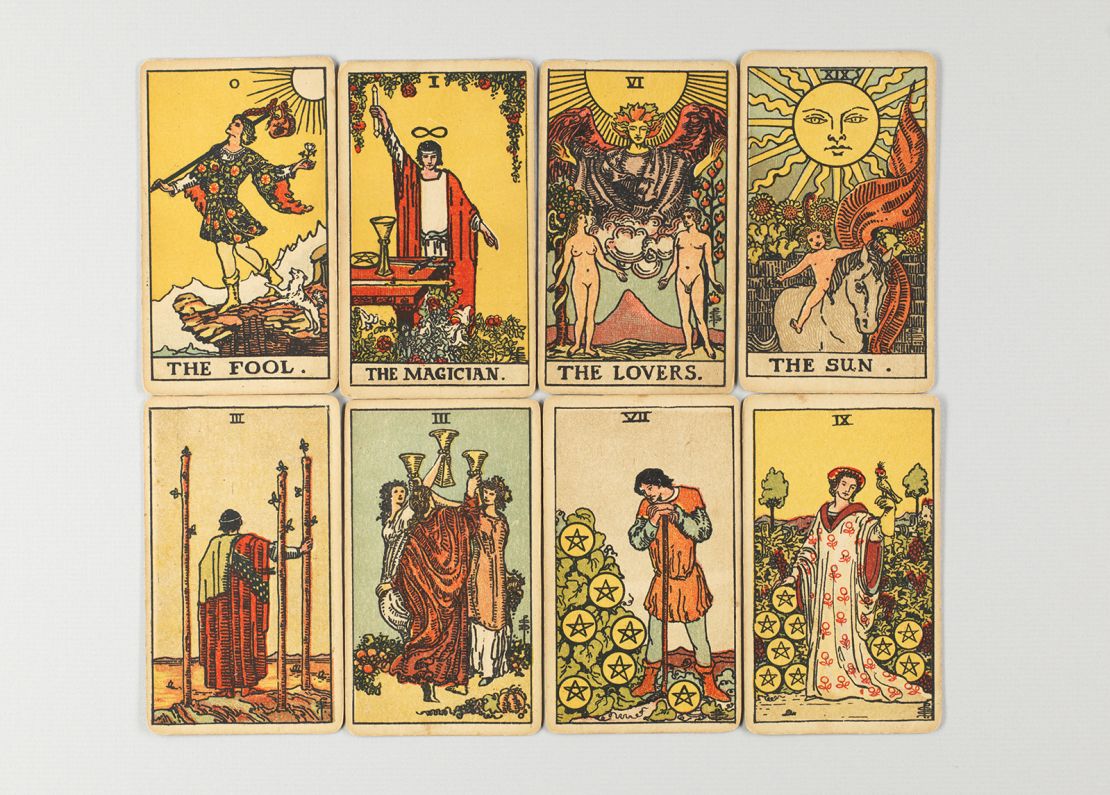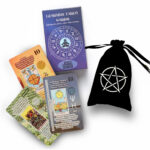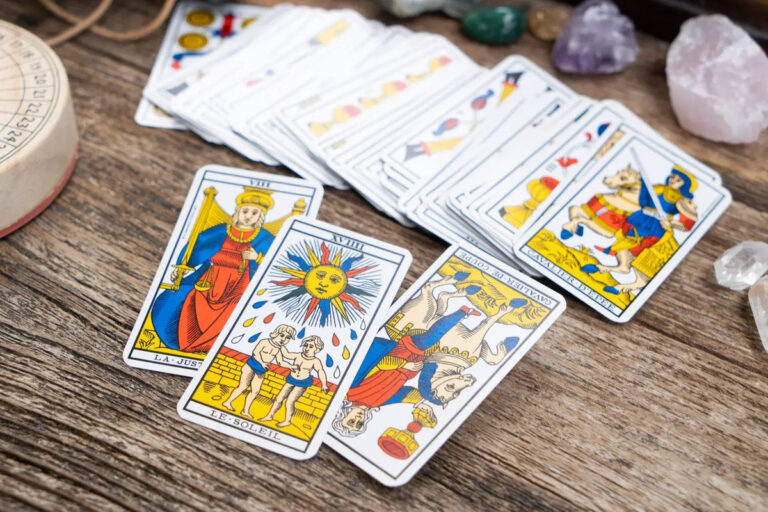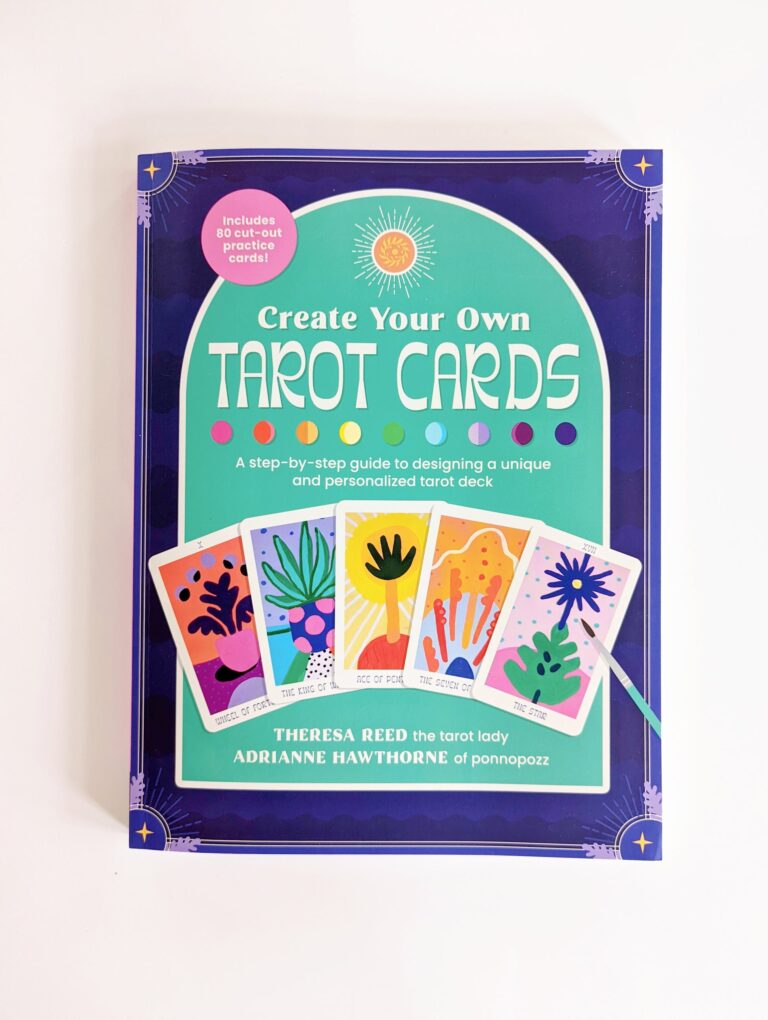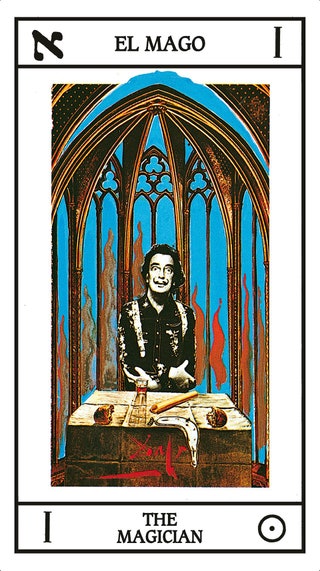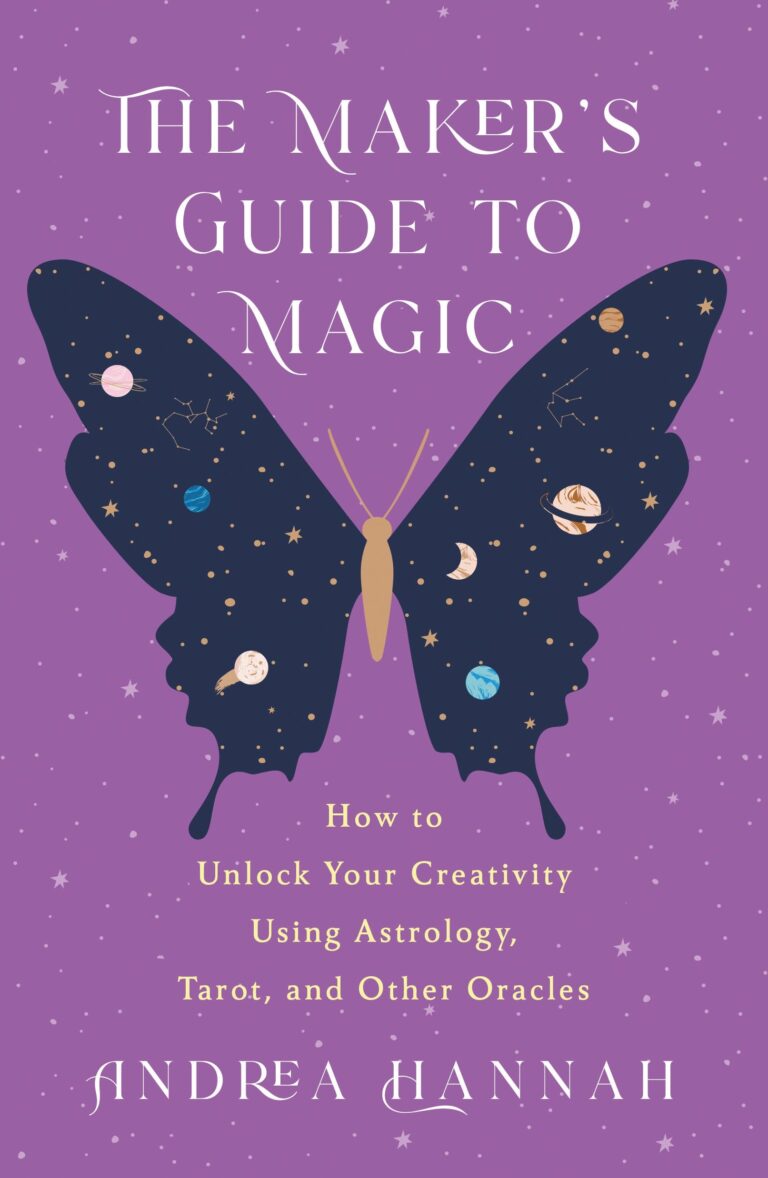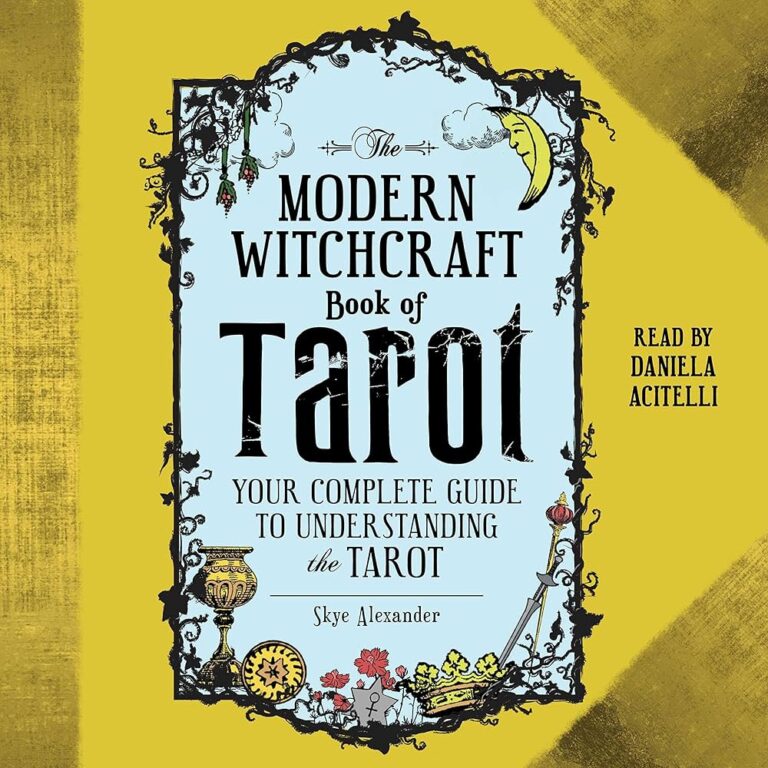Is the Rider Waite Tarot Public Domain? – Unlock the Mysteries
Yes, the Rider Waite Tarot deck is in the public domain, allowing for its use without copyright restrictions. This iconic tarot deck, created by Pamela Colman Smith, is widely recognized and used for divination purposes.
Being in the public domain means that the deck’s images and symbols can be freely reproduced, shared, and used for commercial or non-commercial purposes. The Rider Waite Tarot deck has had a significant impact on the world of tarot, and its availability in the public domain ensures that it can continue to be accessible and utilized by practitioners and enthusiasts alike.

Credit: en.wikipedia.org
Introduction And History Of Rider Waite Tarot
The Rider Waite Tarot is one of the most well-known and widely used tarot decks in the world. Its iconic imagery and symbolism have made it a favorite among tarot enthusiasts for over a century. In this blog post, we will delve into the fascinating history of the Rider Waite Tarot, exploring its origins and the visionary artist behind its creation – Pamela Colman Smith.
Origin Of Tarot Cards
The origins of tarot cards can be traced back to the Renaissance period in Europe. Originally, tarot cards were used for playing card games, but they soon gained popularity as a tool for divination. The tarot deck is composed of 78 cards, with each card representing various archetypes, situations, and emotions. Over time, different tarot decks with unique designs and interpretations have emerged, each with its own set of symbolism and meanings.
Pamela Colman Smith And The Creation Of Rider Waite Tarot
Pamela Colman Smith, also known as Pixie, was an English artist and illustrator who played a crucial role in the creation of the Rider Waite Tarot. In collaboration with renowned scholar and mystic Arthur Edward Waite, Smith illustrated the 78 cards that make up the deck. The Rider Waite Tarot was first published in 1910 and quickly became popular due to its vibrant and evocative imagery.
Smith’s illustrations for the Rider Waite Tarot deck were groundbreaking at the time. Unlike previous tarot decks, which were often simple and lacking in detail, Smith’s art brought a new level of depth and symbolism to each card. The cards’ illustrations incorporated esoteric concepts and drew on a variety of spiritual and mythological traditions, making the Rider Waite Tarot a rich and powerful tool for divination and self-reflection.
One of the most notable aspects of the Rider Waite Tarot is its intuitive symbolism. Smith’s illustrations were designed to appeal to the subconscious mind, allowing the reader to tap into their intuition and access deeper insights. The imagery of the Rider Waite Tarot has since become the foundation for many modern tarot decks, serving as a reference point and source of inspiration.
In conclusion, the Rider Waite Tarot is a timeless and influential deck that has left an indelible mark on the world of tarot. Its history and the artistic vision of Pamela Colman Smith continue to captivate and inspire tarot enthusiasts to this day. Whether you are a tarot reader or simply curious about the world of divination, exploring the Rider Waite Tarot can be an enlightening and transformative experience.
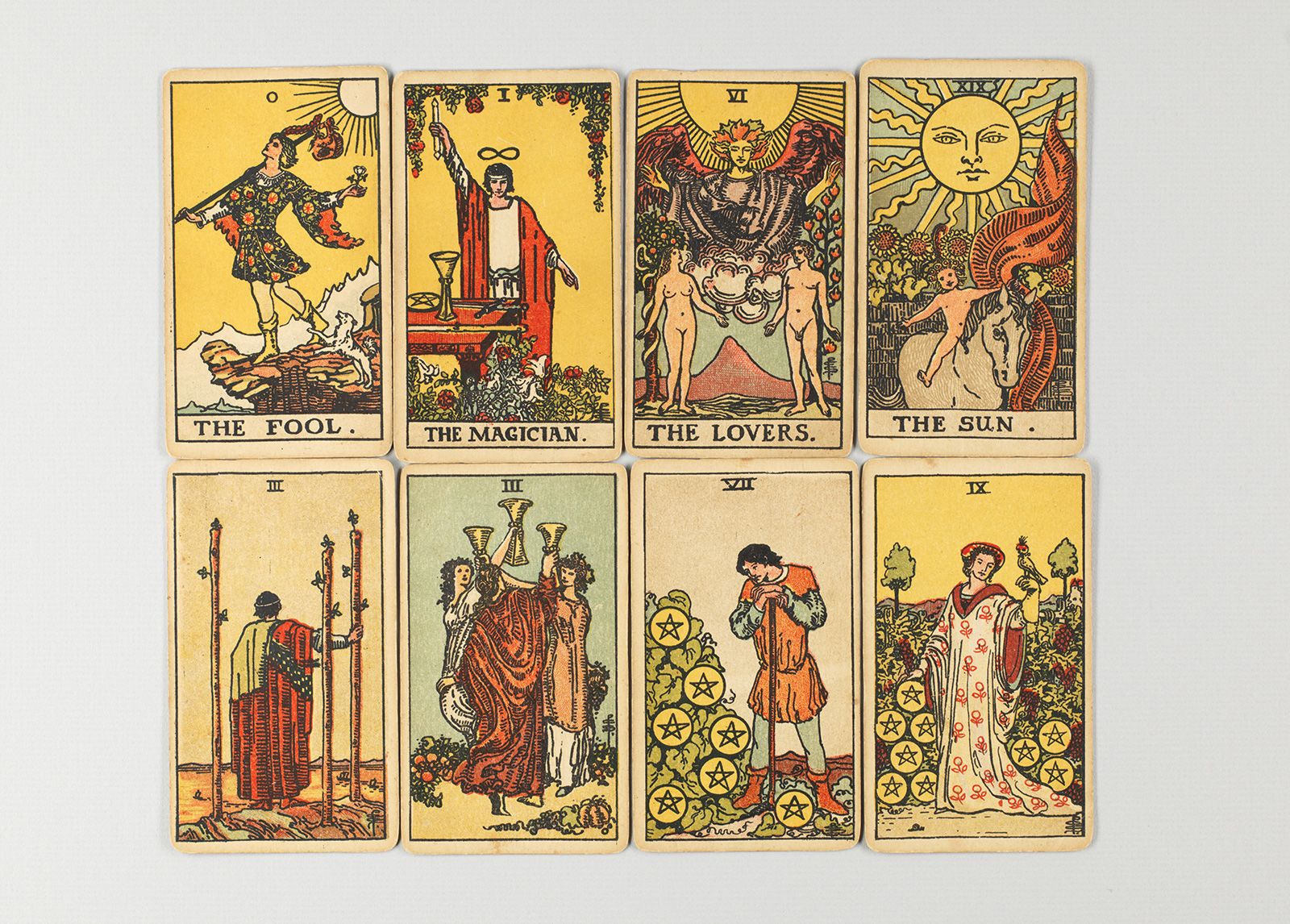
Credit: www.cnn.com
Copyright Status Of Rider Waite Tarot
The copyright status of the Rider Waite Tarot is not public domain. Any published tarot card is protected intellectual property and should not be used without permission, except for personal readings.
Understanding Copyright And Public Domain
In the world of creative works, such as literature, art, and photography, copyright plays a crucial role in protecting the rights of the creators. Copyright grants exclusive rights to the creators, allowing them to control the usage, distribution, and reproduction of their work. Conversely, public domain refers to creative works that are not covered by copyright or whose copyright has expired, making them freely available to the public.
The Status Of Rider Waite Tarot In Different Countries
The copyright status of the Rider Waite Tarot deck can vary depending on the country in question. In the United States, the original artwork by Pamela Colman Smith, who illustrated the deck under the guidance of Arthur Edward Waite, is considered to be in the public domain. This means that the deck’s illustrations can be freely used, reproduced, and distributed without infringing on any copyright laws.
However, it’s important to note that while the illustrations may be in the public domain, certain elements of the deck, such as the specific combination of symbols and meanings, as well as the overall design and layout of the cards, may still be protected by copyright. As a result, creating derivative works that closely resemble the Rider Waite Tarot may potentially infringe on the intellectual property rights held by the original creators or their publishers.
In other countries, the copyright status of the Rider Waite Tarot deck may differ. It’s advisable to consult the copyright laws in your specific country to determine whether or not the deck is considered to be in the public domain.
Controversies Surrounding Copyright Of Rider Waite Tarot
Over the years, there have been several controversies surrounding the copyright of the Rider Waite Tarot deck. Some individuals and organizations argue that the deck should still be protected by copyright, even in countries where the artwork is considered to be in the public domain.
As a result, there have been debates about the legality of creating and selling reproductions of the Rider Waite Tarot deck without permission. While some argue that these reproductions constitute copyright infringement, others maintain that since the illustrations are in the public domain, anyone should be able to use and reproduce them without restriction.
In conclusion, the copyright status of the Rider Waite Tarot can be a complex and nuanced topic. While the original artwork by Pamela Colman Smith is generally considered to be in the public domain, certain elements of the deck may still be protected by copyright in some countries. It’s always best to familiarize yourself with the copyright laws in your country to ensure that you’re complying with the regulations regarding the usage and reproduction of the Rider Waite Tarot deck.
Implications And Future Of Rider Waite Tarot
As enthusiasts and practitioners of tarot card reading eagerly wait for the Rider Waite Tarot to enter the public domain, there are various implications and opportunities that arise. This iconic tarot deck, created by Arthur Edward Waite and illustrated by Pamela Colman Smith, has been widely used and studied since its introduction in 1910. With the potential of the Rider Waite Tarot becoming public domain, tarot card readers and sellers can expect both opportunities and challenges in the near future.
Opportunities And Challenges For Tarot Card Readers And Sellers
With the Rider Waite Tarot entering the public domain, tarot card readers and sellers can anticipate both opportunities and challenges.
Opportunities:
- Increased Accessibility: As the deck becomes freely available and can be reproduced without copyright restrictions, more people will have access to this popular tarot deck. This accessibility can potentially lead to a broader client base for tarot card readers.
- Creative Interpretations: Artists and creators will have the freedom to reinterpret and reimagine the Rider Waite Tarot without legal constraints. This can lead to the development of unique and innovative tarot decks that may resonate with different demographics.
- Historical Value: The Rider Waite Tarot entering the public domain can allow for further research and exploration of its historical significance. Scholars and enthusiasts can delve deeper into the symbolism and meaning behind the cards, contributing to a richer understanding of tarot as a whole.
Challenges:
- Increased Competition: As the Rider Waite Tarot becomes more widely available, the market may become saturated with various versions and interpretations of the deck. Tarot card readers and sellers may need to differentiate themselves to stand out in a crowded field.
- Licensing Uncertainty: While the original Rider Waite Tarot images may enter the public domain, it’s important to note that the name and brand associated with the deck may still be protected by trademarks. Tarot card readers and sellers need to be mindful of potential legal issues regarding the use of names and trademarks.
- Ethical Considerations: With the proliferation of tarot card decks that closely resemble the Rider Waite Tarot, it’s crucial for card readers and sellers to ensure that they are providing accurate information about the origins and sources of the decks they are using or selling. Transparency and honesty are essential in maintaining professional integrity.
Legal Considerations For Using And Selling Rider Waite Tarot
When it comes to using and selling the Rider Waite Tarot, there are several legal considerations that tarot card readers and sellers must keep in mind.
Copyright and Public Domain:
The copyright status of the Rider Waite Tarot varies depending on the specific elements of the deck. While the original images may enter the public domain, it’s essential to determine if any subsequent modifications or editions are still protected by copyright. Tarot card readers and sellers should be diligent in understanding the legal rights associated with their chosen deck.
Potential Impact Of The Rider Waite Tarot Entering Public Domain
The potential entry of the Rider Waite Tarot into the public domain can have a significant impact on both the tarot community and the wider public.
Preservation and Availability:
As a result of entering the public domain, the Rider Waite Tarot may become more accessible to tarot enthusiasts and researchers. The deck’s preservation and availability can contribute to the ongoing study and exploration of tarot symbolism and interpretation.
Expanded Creativity:
The Rider Waite Tarot entering the public domain can stimulate creativity and inspire the development of new tarot decks. Artists and creators will have the freedom to incorporate aspects of the Rider Waite Tarot into their own interpretations, resulting in a diverse range of decks that cater to different preferences and interests.
Evolution of Tarot Reading:
With the Rider Waite Tarot becoming public domain, there is potential for the evolution and expansion of tarot reading practices. Tarot card readers can incorporate the Rider Waite Tarot into their readings in new and innovative ways, adapting its symbolism to resonate with contemporary audiences.

Credit: www.amazon.com
Frequently Asked Questions On Is The Rider Waite Tarot Public Domain
Do Tarot Cards Have Copyright?
Tarot cards are protected intellectual property and have copyright. Using them for personal readings is allowed, but using them in any other way may infringe on the creator’s rights.
Which Is The Original Rider Waite Tarot Deck?
The original Rider Waite Tarot deck is public domain and was created by Pamela Colman Smith.
Can You Sell Tarot Cards On Shopify?
Yes, you can sell tarot cards on Shopify. Easily start selling tarot cards directly to consumers through your own ecommerce store.
Who Created The Rider Tarot?
The Rider Tarot was created by Pamela Colman Smith. It is not in the public domain.
Conclusion
It is important to understand that the Rider Waite Tarot cards are protected by copyright and are not in the public domain. This means that using these cards for commercial purposes without permission could potentially infringe on the creator’s rights.
It is always best to respect the intellectual property of artists and creators, and seek proper authorization when using their work.

